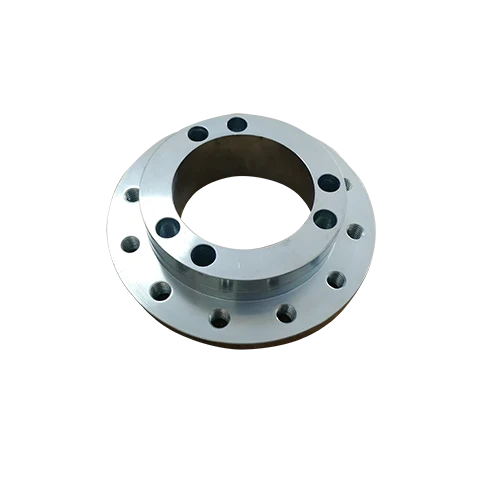Mobile:+86-311-808-126-83
Email:info@ydcastings.com
Exploring the Techniques and Advantages of the Wax Casting Method in Metalworking
The Wax Casting Process A Comprehensive Overview
The wax casting process, also known as investment casting, is a sophisticated manufacturing technique that has been utilized for centuries. This method is prized for its ability to create intricate and high-precision components, making it integral in various industries, including jewelry, aerospace, and automotive manufacturing. The following explores the key stages of the wax casting process, its advantages, and its applications.
1. Creating the Wax Pattern
The process begins with the fabrication of a wax pattern that mimics the desired final product. This pattern is typically made from a high-quality wax, which can be melted and shaped easily. There are various methods for creating these patterns, including injection molding, where molten wax is injected into a mold to create multiple identical patterns, or 3D printing, which can produce complex geometries that are difficult to achieve through traditional methods.
2. Shell Building
Once the wax pattern is created, the next step involves coating it with a ceramic shell. This is done by dipping the wax pattern into a slurry of fine sand and liquid ceramic. The coated pattern is then dried, and this process can be repeated several times to create a thick and strong shell. The thickness of the shell is crucial; it must be adequate to withstand the stresses applied during the casting process while remaining delicate enough to break away when the final product is removed.
3. Wax Removal
After the shell has fully cured, the wax inside is removed, which is where the term lost-wax casting originates. This is typically done by heating the shell in an oven, where the wax melts and drains out, leaving a hollow ceramic mold. This step must be handled carefully to ensure that the mold retains its integrity and that no wax residues remain.
4. Metal Pouring
Once the wax has been removed, the ceramic shell is heated to further strengthen it. The molten metal, which can be aluminum, bronze, steel, or any other metal, is then poured into the mold. The temperature and timing of this step are critical; the metal must be poured at the right temperature to prevent issues like premature solidification or imperfections in the cast.
wax casting process

After pouring, the metal needs time to cool and solidify within the shell. The cooling process can take several hours, depending on the complexity and thickness of the cast. Once cooled, the ceramic shell is broken away, revealing the final metal part. This delicate operation is crucial to minimize any imperfections on the surface of the newly formed metal object.
6. Finishing Touches
The final step of the wax casting process involves finishing the cast metal piece. This may include machining, sanding, or polishing to achieve the desired dimensions and surface quality. Additional processes, such as heat treatment or surface coating, may also be applied to enhance the mechanical properties or aesthetic appeal of the component.
Advantages of Wax Casting
The wax casting process offers several advantages over other manufacturing methods. One key benefit is its ability to create highly complex shapes with excellent surface finishes; this makes it an ideal choice for intricate designs often required in jewelry making. Additionally, the method allows for tight tolerances and minimal machining, reducing waste and production costs.
Another significant advantage is the versatility of materials that can be used in the process. Different metals can be cast using the same basic procedure, enabling manufacturers to select materials based on specific performance requirements.
Applications of Wax Casting
Due to its precision and versatility, wax casting finds extensive applications in various sectors. In the jewelry industry, it is widely used for crafting detailed designs that would be impossible to achieve using traditional methods. In the aerospace and automotive industries, the process is employed to create components that need to withstand extreme conditions while maintaining lightweight characteristics.
Overall, the wax casting process stands out as a crucial manufacturing method that combines tradition with modern technology. Its ability to produce high-quality, intricate components on a large scale has solidified its place in contemporary manufacturing practices, ensuring that it remains an essential technique for the foreseeable future.
-
Why Should You Invest in Superior Pump Castings for Your Equipment?NewsJun.09,2025
-
Unlock Performance Potential with Stainless Impellers and Aluminum End CapsNewsJun.09,2025
-
Revolutionize Your Machinery with Superior Cast Iron and Aluminum ComponentsNewsJun.09,2025
-
Revolutionize Fluid Dynamics with Premium Pump ComponentsNewsJun.09,2025
-
Optimizing Industrial Systems with Essential Valve ComponentsNewsJun.09,2025
-
Elevate Grid Efficiency with High-Precision Power CastingsNewsJun.09,2025











